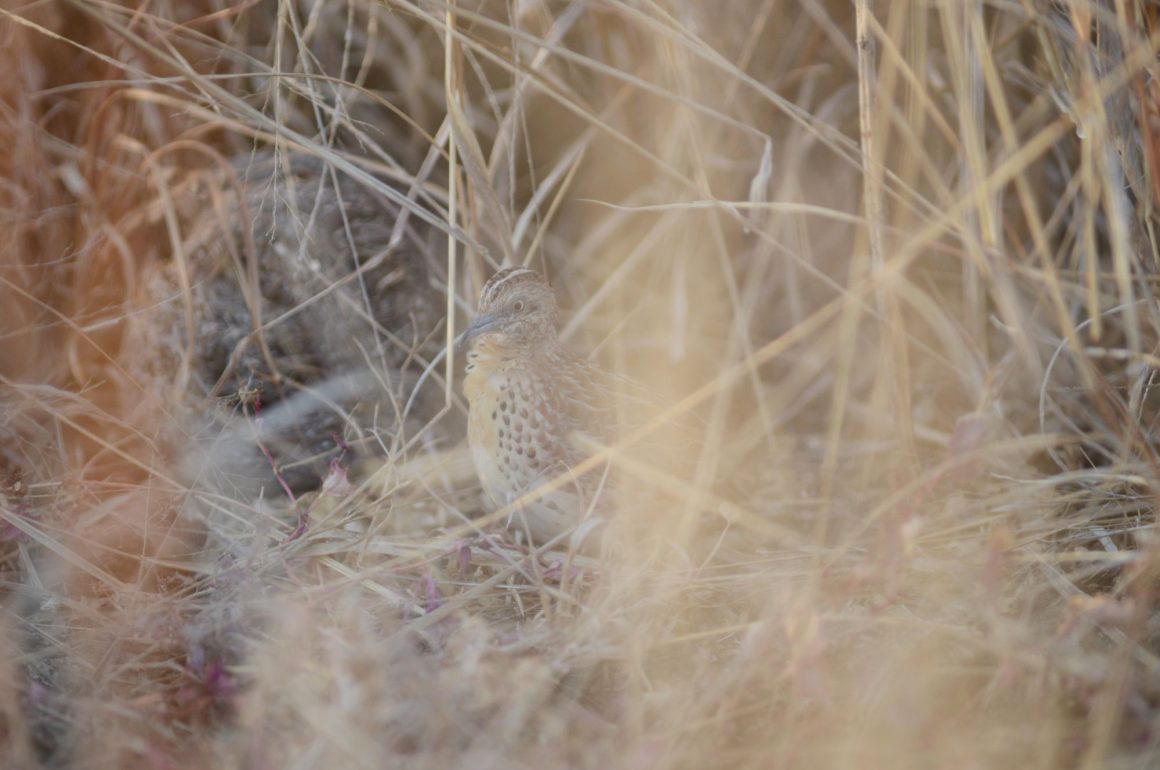
A recent post by fellow writer Peter on this blog (Birding Zaagkuildrift Road) made me go back to my notes and photos of my own birding outings there. The Zaagkuildrift road was not too far from where I lived, but I still only visited this site twice, which does not make justice to the fantastic birds that can be seen here. The area is covered largely with acacia thickets that border the flooplain of the Pienaarsrivier, making for a huge number of species at the right time of year (particularly late summer).
During one visit, I hoped to see a Striped Crake that had been seen by other birders in the area. While unsuccessful (I was looking into a different direction when some other birders glimpsed it…), the floodplain area hosted some other specials. A large flock of Black-winged Pratincoles passed overhead, providing me the best views I’ve had until then of this beautiful species. Pratincoles, together with the closely related coursers, are among my favourite birds. Their elegant shape and silky plumage are always very enjoyable to watch.
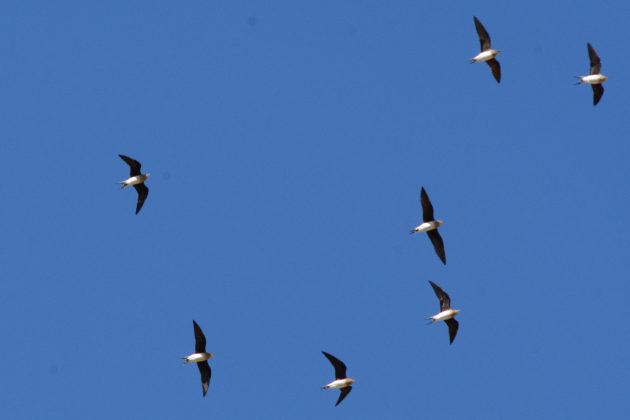
Black Herons and White-faced Whistling Ducks are among the many other species that are usually around. While common, this is one of the closer places to my home where I could see these birds, a small teaser when I was not able to go to more mouthwatering localities like the Nylsvlei wetland further away.
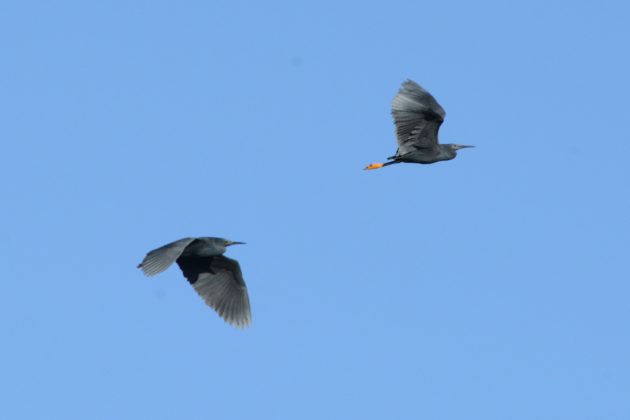
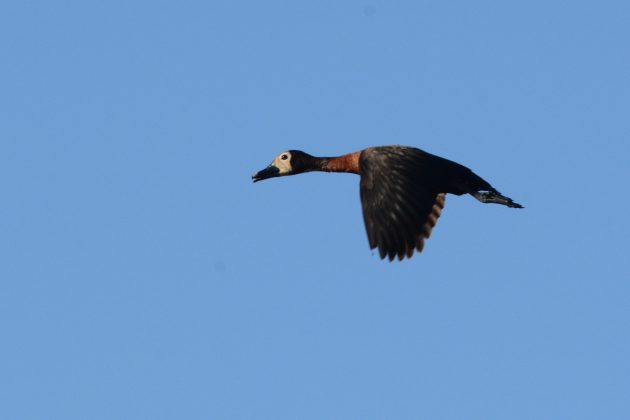
The same is true for Blue-cheeked Bee-eaters. Groups of these birds often fly by gracefully, at the edge of the floodplain, never perching to offer some extended views. This is not really a problem though as most bee-eaters are even more colourful in flight anyways.
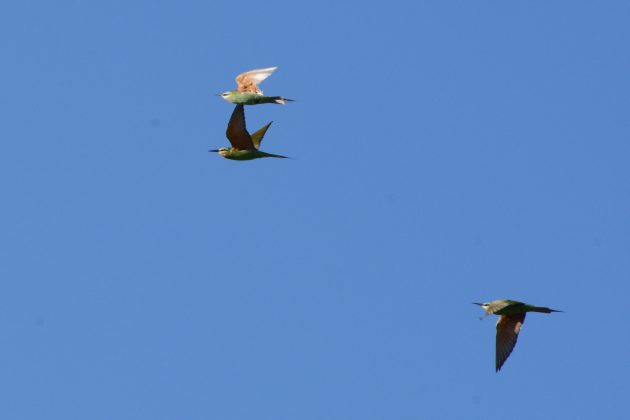
The thickets near the floodplain are a haven for a whole range of starlings, shrikes, babblers, finches, indigobirds, whydahs, warblers, and various other passerines. I had my first sighting of Kurrichane Buttonquail here, as a group of around seven birds exploded from the ground under my feet, scattering in the bushes (see featured image). Village Indigobirds are regular here, often perched on the tops of acacia trees, their black, shiny appearance indicating nothing about their parasitic nature.
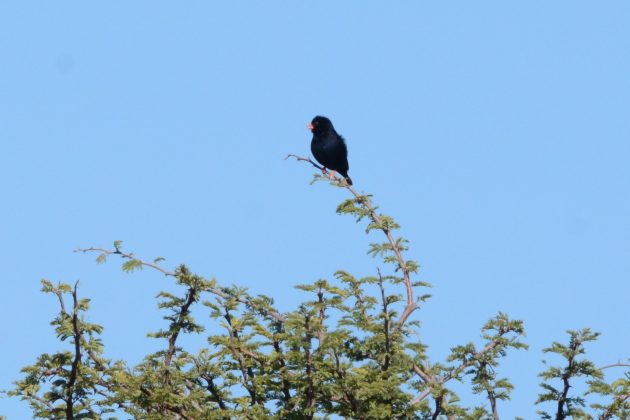
Way more elusive on the other hand are the River Warblers, which are probably the main attraction of this area. The closest I got to a sighting of this bird was an olive-brown warbler flitting around in the dark understorey – it could not really have been anything else but at the same time the sighting was not sufficient to be sure. While frustrating at the time, this gives me ample reason to return to this site, as this beast remains a potential lifer!






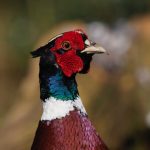
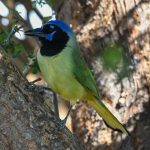
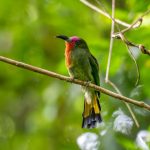

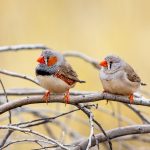
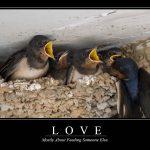

Nice one on the buttonquail. It’s a superbly diverse area. The river warbler is a tad overrated. They are better in their breeding ranges when the “song” can be heard.